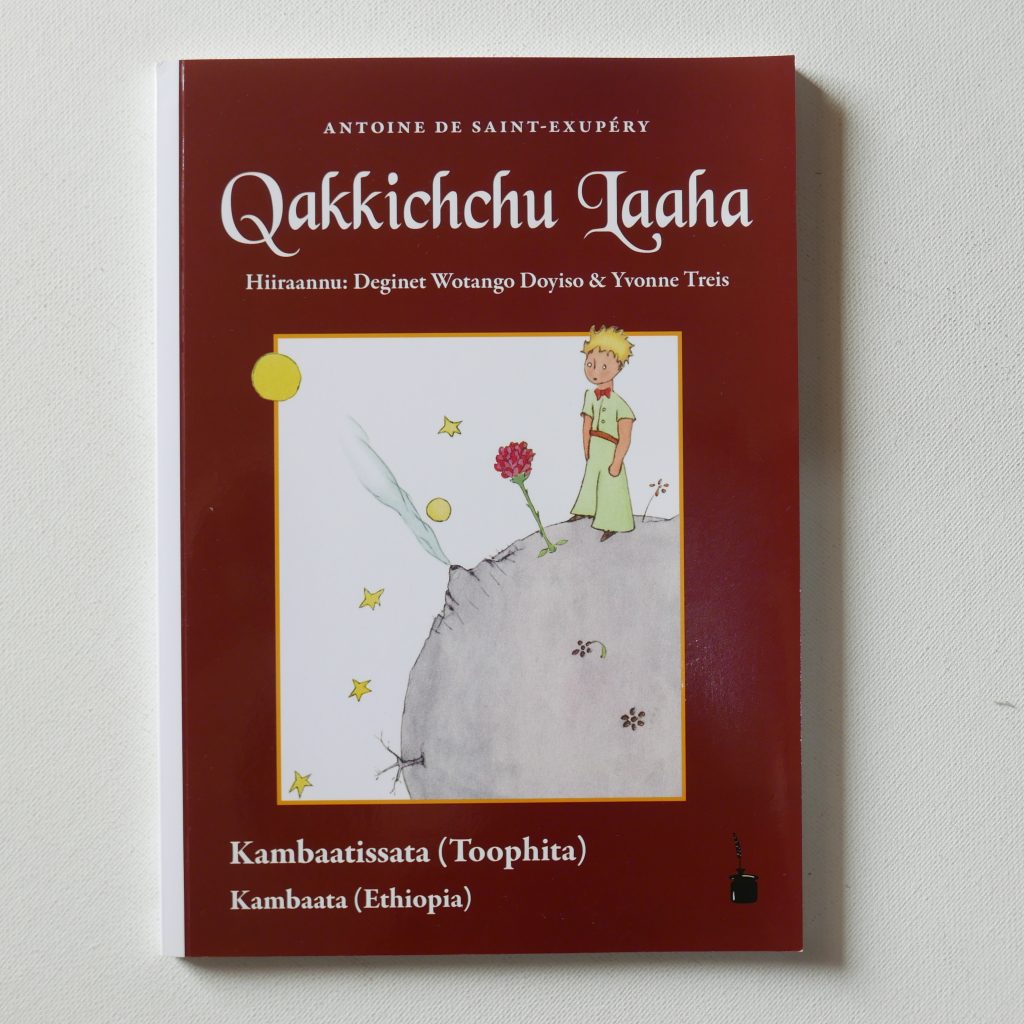
Qakkichchu Laaha — in Kambaata.
Kambaata is an Afro-Asiatic language belonging to the Cushitic branch, specifically within the Highland East Cushitic subgroup. It is spoken predominantly in the Kembata Tembaro Zone in Ethiopia. The language is spoken by the Kambaata people, and it serves not only as a means of communication but also as a key element of their cultural identity.
Kambaata, like many Cushitic languages, has a rich phonetic inventory that includes a variety of consonant and vowel sounds. The language is known for its complex system of vowels, which can vary in length and tone, contributing to differences in word meaning. Tonal variations, although not as predominant as in some African languages, still play a role in the phonology of Kambaata.
Kambaata is an agglutinative language, which means it forms words and expresses grammatical relationships through the addition of various prefixes, suffixes, and infixes to stems. This characteristic allows for the expression of a wide range of nuances in mood, aspect, tense, and possession within a single word through morphological means. The language exhibits cases in its noun system, marking roles such as subject, object, and possessive relationships directly on the nouns. Kambaata’s verb system is complex, with verbs inflected for various grammatical aspects including tense, aspect, mood, and person. This inflection is achieved through changes to the verb stem and by adding various affixes.
Kambaata is one of the many languages of Ethiopia, a country known for its linguistic diversity. It is recognised and protected under Ethiopian policy, which supports the use of local languages in education and media. Like many indigenous and minority languages around the world, Kambaata faces challenges related to globalisation, language shift, and the dominance of more widely spoken languages.


